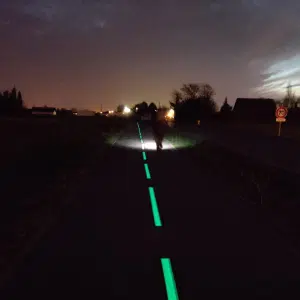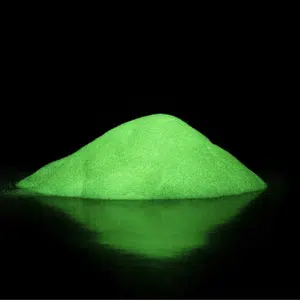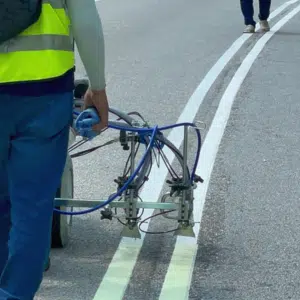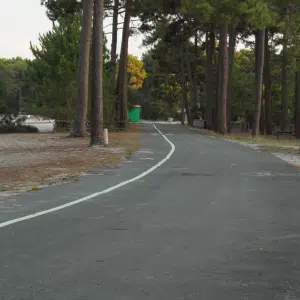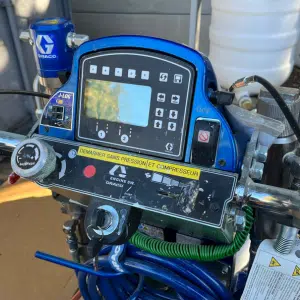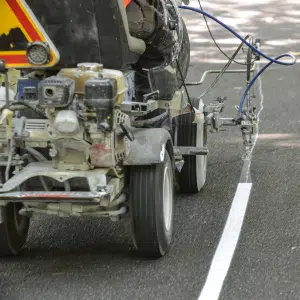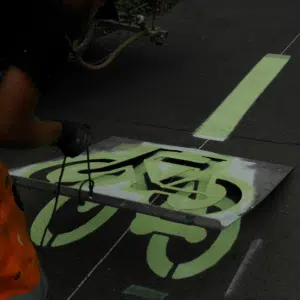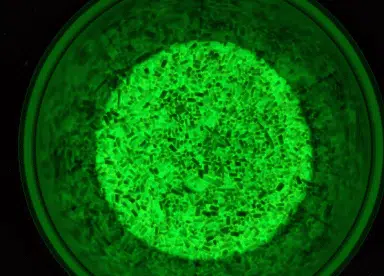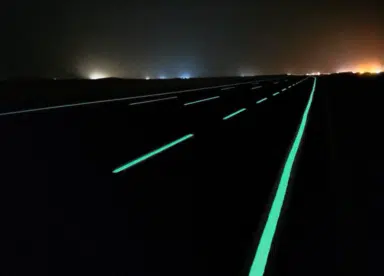How to apply glow-in-the-dark paint?
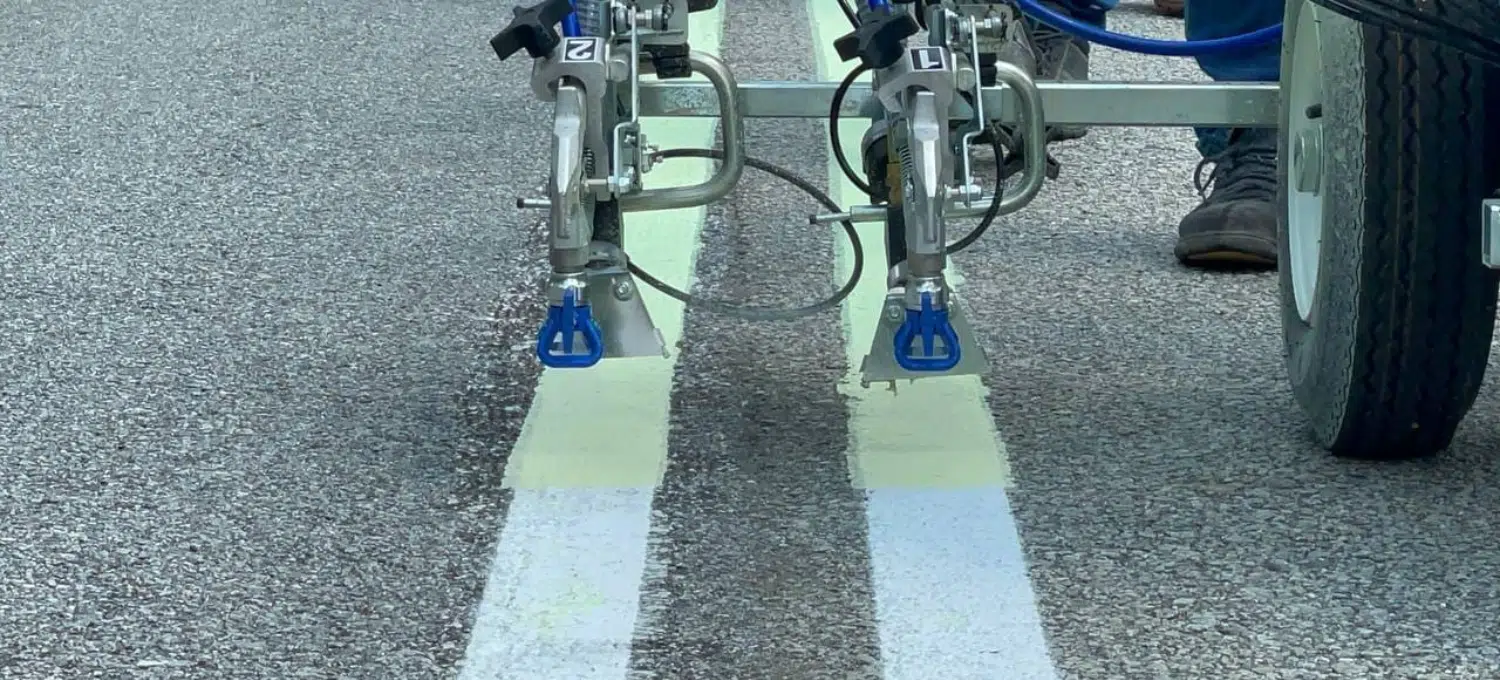
14/11/2023
All LuminoKrom® news
Table of contents
- Step 1 - Choosing the perfect place to apply glow-in-the-dark paint
- Step 2 – Choosing the right photoluminescent paint
- Step 3 - Choosing the right outdoor and indoor equipment
- Step 4 - Preparing the surface properly
- Step 5 - Preparing the road application machine
- Step 6 - Painting a white undercoat
- Step 7 - Preparing the photoluminescent paint to be applied
- Step 8 - Applying glow-in-the-dark paint
In the same category



